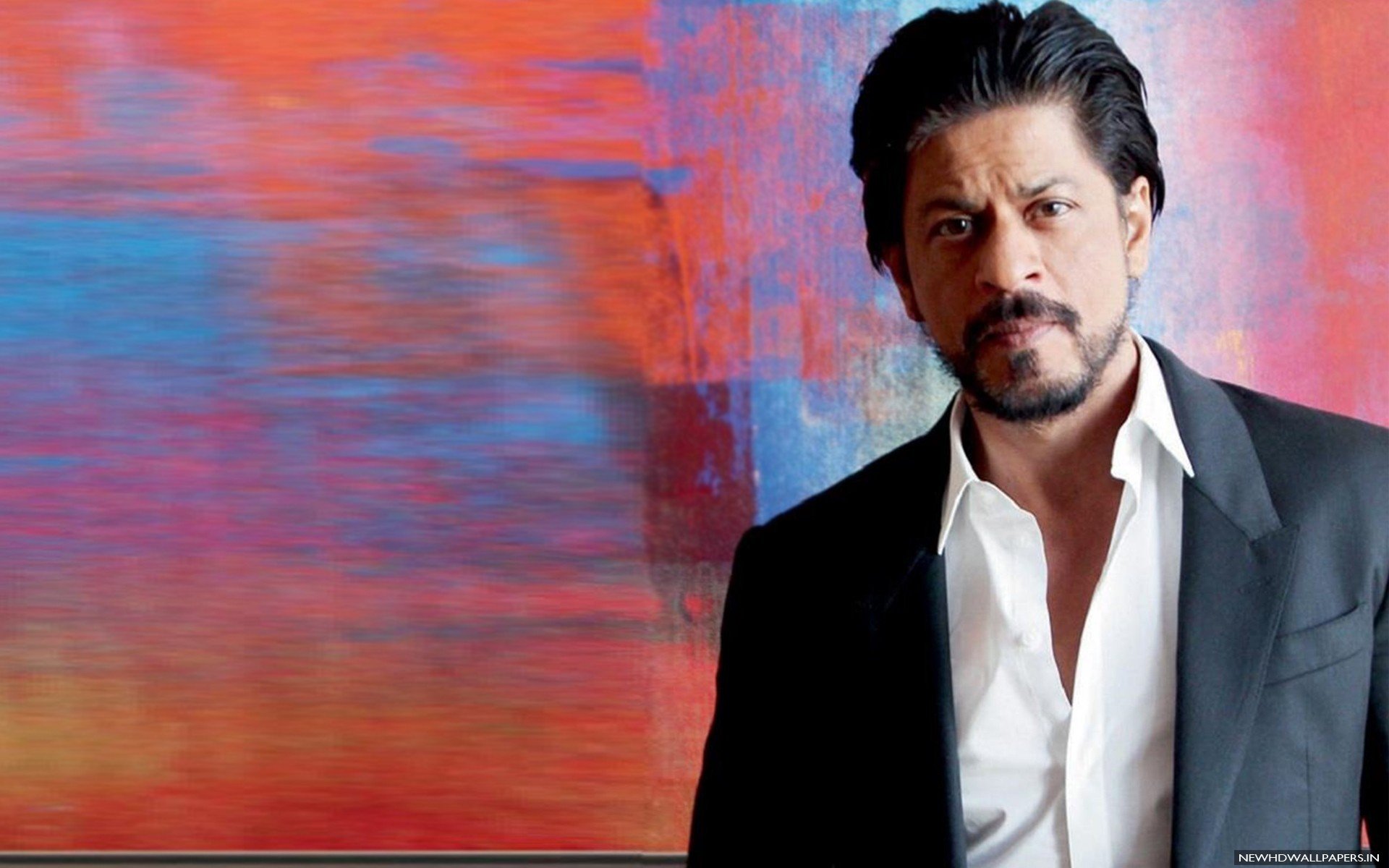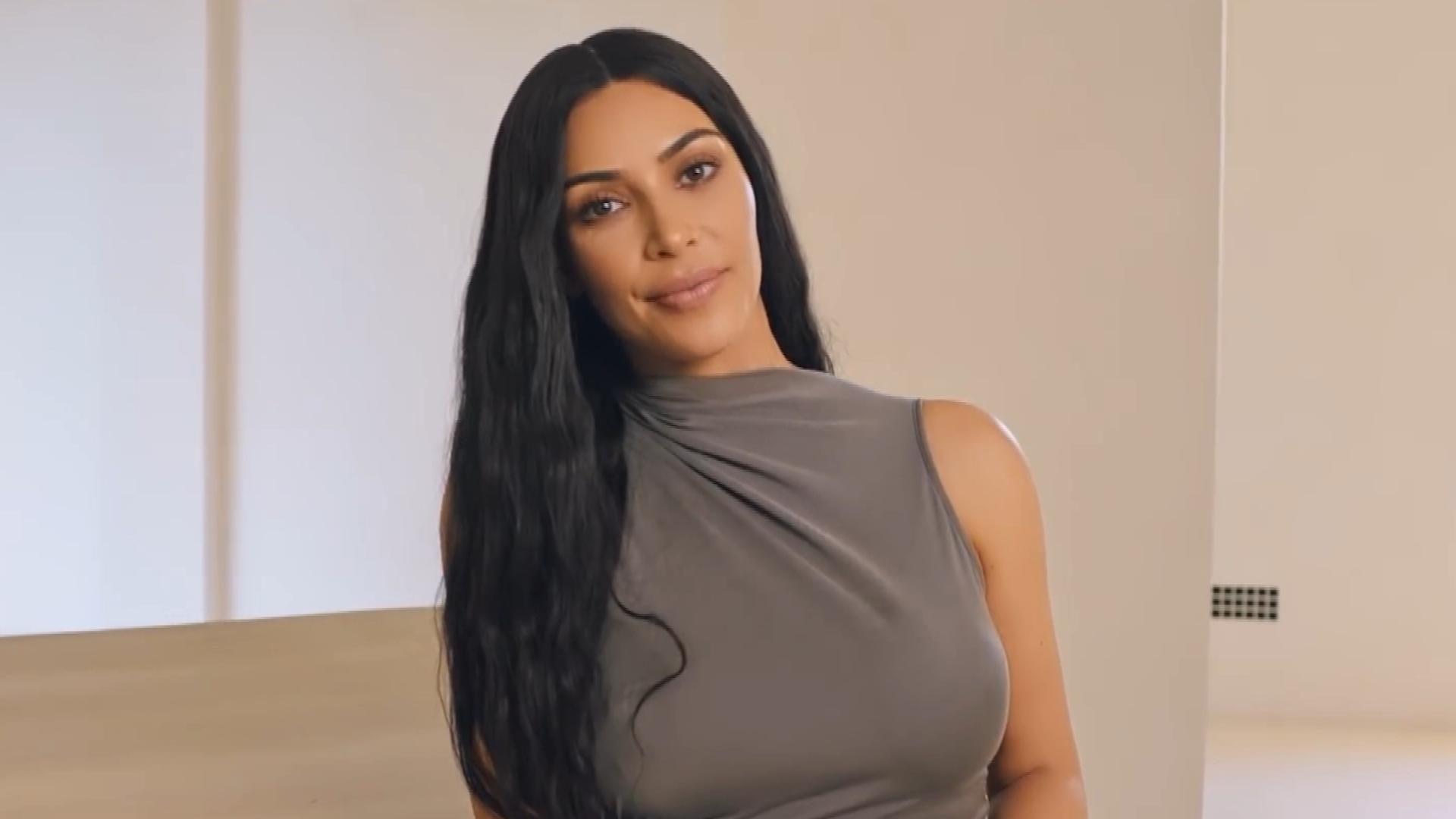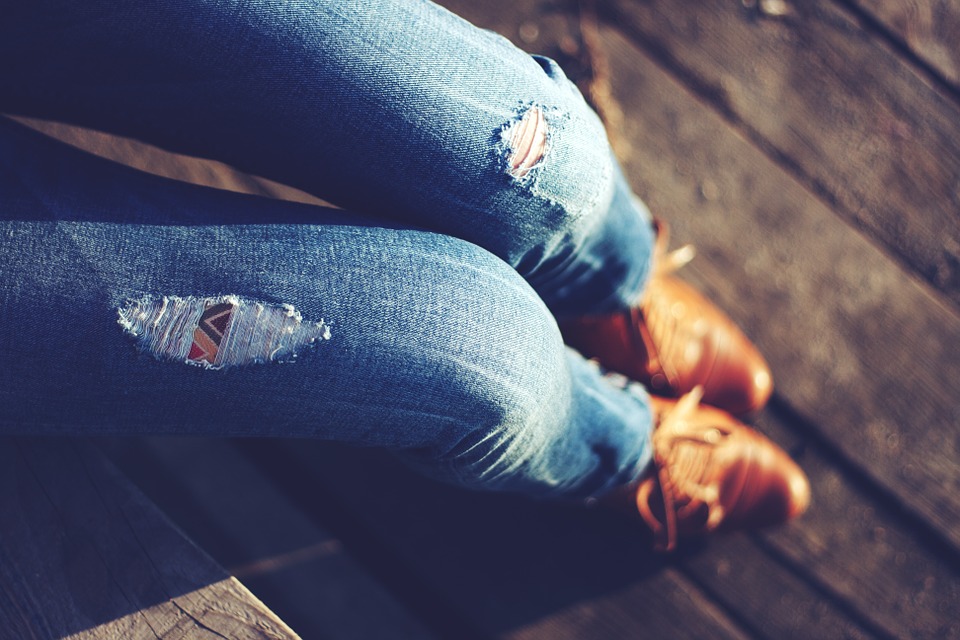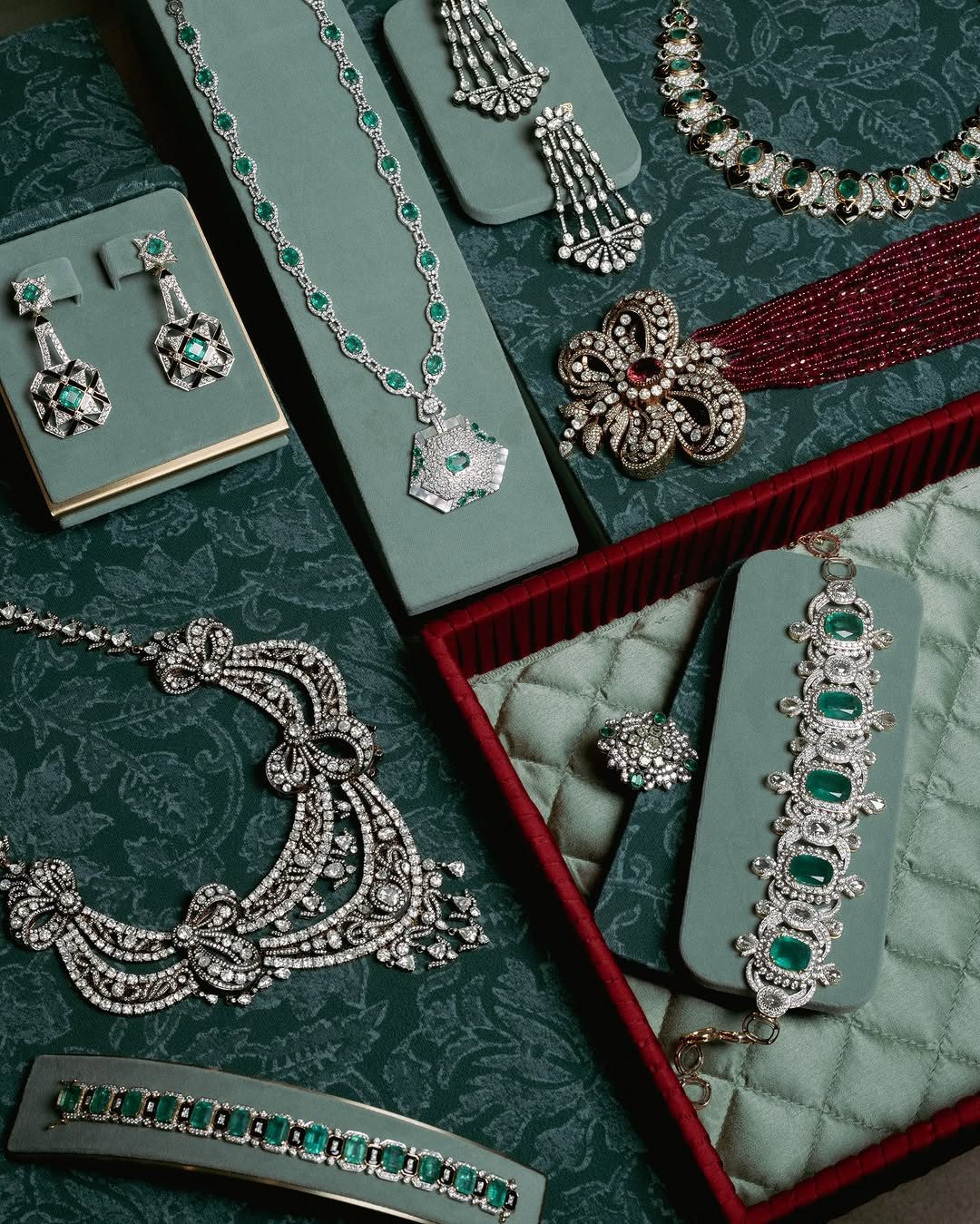
What distinguishes the distinctive characteristics of Kutch and Sindh folk embroideries?
The reasons that make weavings from Kutch and Sindh extraordinary are numerous — first of all, these carefully point by point plans need just a needle and string to make. They were initially not polished as a business craftsmanship, but rather as a way for ladies to keep themselves dynamic past homegrown obligations. The outcome was the sewing together of tales about their local area; social relics that could be passed down for ages. Aratrik Dev Varman, organizer behind Ahmedabad-based plan studio Tilla that champions handcrafted Indian materials and art procedures, has been gathering these works of unrivaled craftsmanship since he was an understudy at Public Organization of Plan. “Kutch was our initial introduction to the universe of specialty and customary Indian materials, and its rich culture has kept on motivating my work for north of 20 years at this point,” he says.
Tell us about the origin and history of Kutch embroidery.
Kutch is home to numerous migrant and peaceful networks who customarily take part in cultivating, creature raising and vocation specialties, for example, winding around and splash-color. Weaving was never rehearsed to bring in cash. It was generally a lady’s action, and normally embraced for one’s self or the family — to be utilized for a girl’s linen or to make utilitarian materials for the house, such blankets and packs. These materials reflected well established chronicles that their producers invested heavily in. They were likewise a method for communicating independence and imaginative nature.
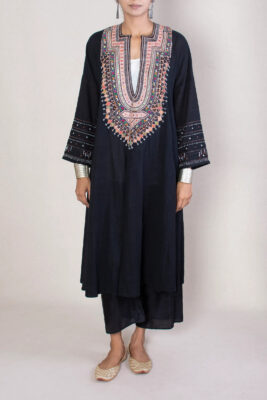
How is this form of embroidery created?
Weaving is an extremely sluggish and careful movement. Customarily, an example was never followed however made as though one was drawing with a needle and string. This makes people weaving so exceptional and gives it its hand-drawn unconstrained tasteful. Act of spontaneity was normal — supplanting a variety on the off chance that you ran out of a specific string or working in a framework however breaking out of it to oblige an unforeseen theme. The way that you just required a device as essential as a needle gave ladies a specific freedom, which wasn’t true with different specialties like winding around, where they required help with the type of hardware, space and funds from the men in their families.
What are the different kinds of Kutch and Sindh embroidery and what makes them each so unique?
Comprehensively, the term used to portray weaving is ‘bharat’ which in a real sense means ‘filled in’. ‘Pako bharat’ implied that the filling of themes was thick, and was constantly viewed as a proportion of expertise and creative mind. There are a few networks that training weaving in Kutch — Ahir, Jat, Mutwa, Rajput, Rabari, Meghwal and Mochi, among others. Every people group has its own particular approach to utilizing variety and structure, which loans it its character. Materials are one angle in their way of life that record and give these personalities starting with one age then onto the next. Kutchi materials have been affected by their process through shipping lanes across Western Asia; in particular Sindh, Baluchistan, Persia and Palestine. This multitude of districts use coins, globules, cowrie shells, mirrors and other little knickknacks as types of frivolity on their articles of clothing. This range of materials appliquéd onto texture gave its wearer status and were a piece of the transitional experiences inside the local area.
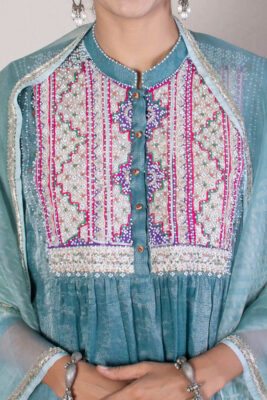
How is it different from other embroideries of the region?
What gives society weaving from Kutch and Sindh its particular quality is the thick inclusion of the base with join. In many pieces, practically the ground is all weaved, leaving almost no apparent texture in regions like the burden, trim and sleeve. The utilization of multi-shaded designing, and an innovative reusing of scrap or extra material is additionally exceptionally normal for this segregated desert district. The themes frequently mirror a theoretical delivering of creatures, birds and plants from the general climate.
What are the most popular motifs?
There is a wide assortment of fastens, themes and designs that exist across networks in Kutch. For instance, the Rabari people group utilizes a fasten called ‘bakhiyo’ that nearly seems to be a drawing. It advances in a uniform single thickness, similar as a freehand line drawing with specks and runs. It is utilized to embellish the upper portion of a kediyu or man’s coat. Balance this with suf weaving, which is totally mathematical — every theme advances by counting the strings of the base texture and sewing along a network; consequently, making three-sided, square and other balanced themes that are so adjusted to twist and weft that they are nearer to winding than embroidery.
How long does it take to embroider this style?
Ladies dealt with weaving as a method for possessing themselves in their long periods of relaxation in the early evening subsequent to finishing their family work. A piece could require a while, or some of the time even years, to finish. This was clear in the fineness of the join and complex dissemination of varieties and themes. This changed as shops and guests began to commission pieces, requesting rehashes of a similar plan, getting going a creation chain and normalizing the finished result. The mediation of NGOs added one more layer to this chain by arranging work and time to boost productivity. All of this has had a direction on the tasteful we see today.
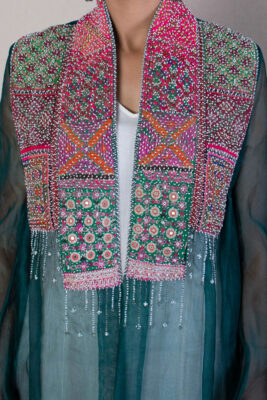
How are you preserving embroideries from Kutch and Sindh through your work?
We laid out Tilla in 2011 to work with embroiderers as well as different craftsmans across Gujarat and India. The brand is characterized by a pragmatic and exquisite stylish that adjusts effectively to various worldwide settings, illustrating a way to deal with living and working with customary specialties in a cutting edge world. Careful plan, slow creation and zero-squander are a significant piece of our plan ethos. Tilla’s most recent assortment called ‘The Rare Venture’ reuses a portion of the old weavings I have gathered over the course of the years by coordinating them with beadwork and different strategies to provide them with another rent of life. We’ve planned stand-out coats and kurtas to remain consistent with the first ethos of the pieces. I unequivocally feel that each piece of weaving should be drawn closer separately to hold its trustworthiness.
What are some of the challenges your artisans currently face?
Our way of thinking is to work with similar craftsmans many seasons, and foster associations with them that reach out past business. We maintain that our communications should prompt a significant comprehension of what makes all the difference for an art environment. In this unique circumstance, the best test to material specialists today is the requests of the market for quicker and less expensive creation that winds up setting hand ability in opposition to machine-made merchandise. It is a steady fight, yet I really do trust that as opposed to rivaling efficiently manufactured merchandise, handcrafted items ought to be situated as evident extravagance and order a value that recognizes their uniqueness. Little to signify valuable.
POST A COMMENT
You must be logged in to post a comment.

